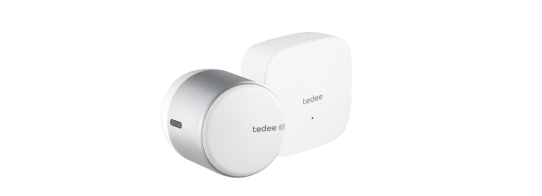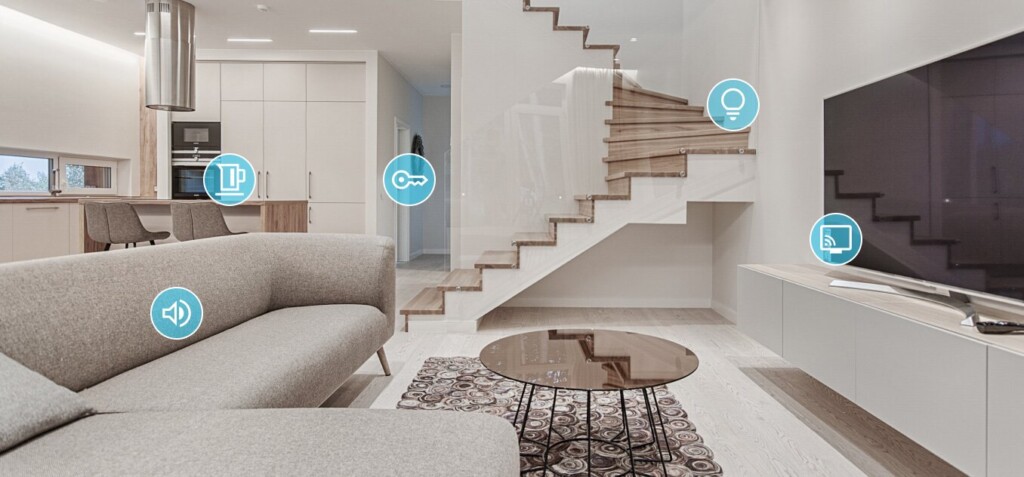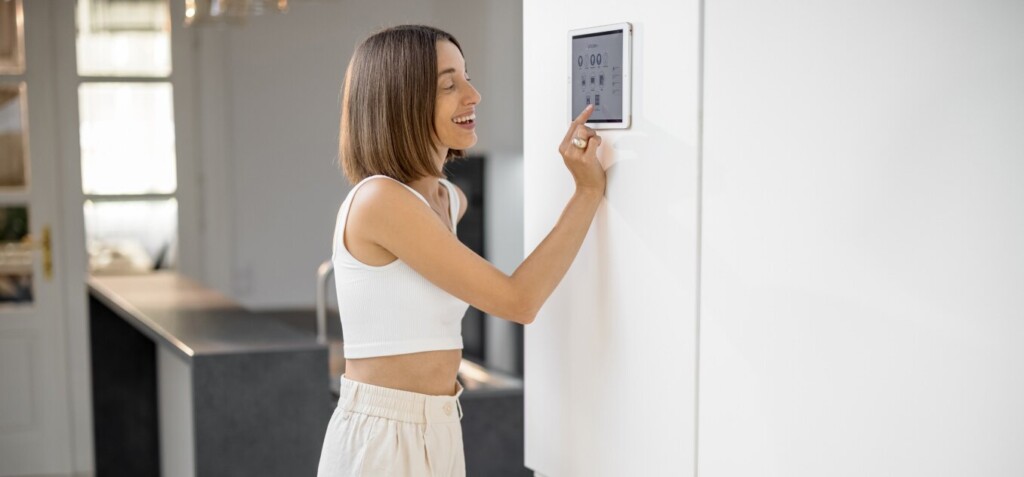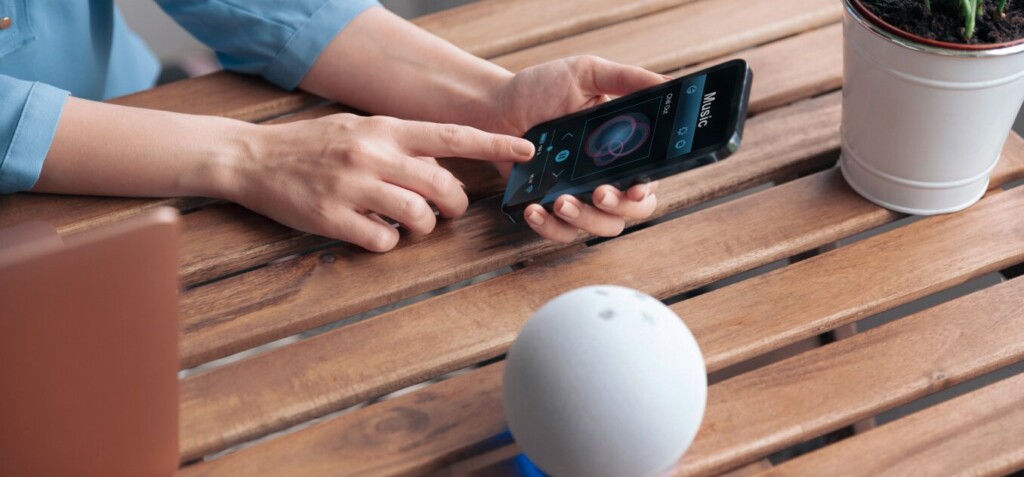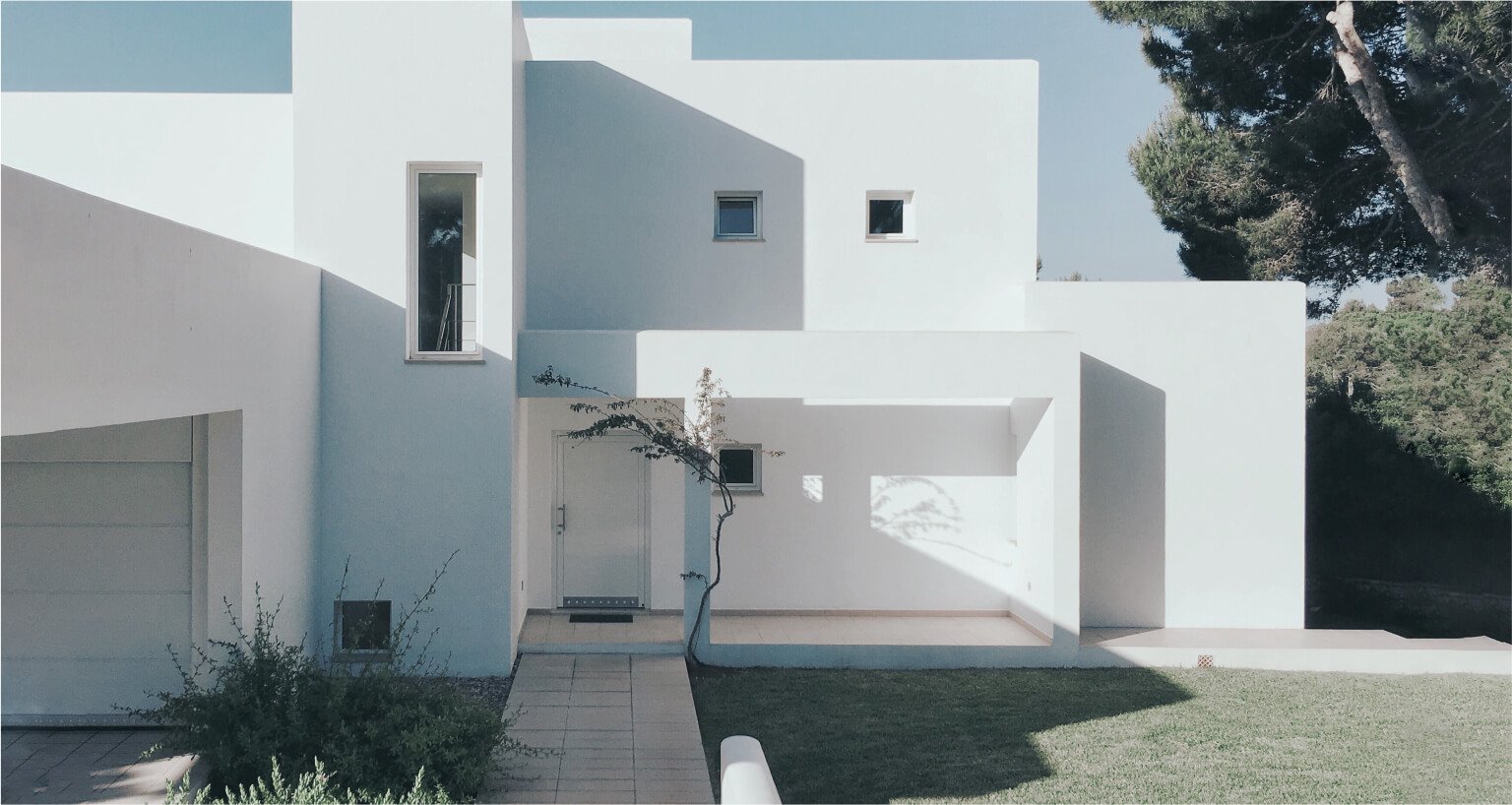
Cloud-based or local? Which smart home system to choose for your place
The smart home industry is scattered with dozens of independent standards. Setting up your intelligent integration, you must decide which one to choose and build upon. In general, you can divide the systems in two. Here you’ll find them compared to help you decide.
What is a smart home system?
You may have heard about the Internet of Things if you already know a little about smart home technology. All it comes down to is that a smart home is an automated interaction of multiple devices at your place.
A smart home system can be compared to a smartphone or computer operating system.
For multiple gadgets or installations to align, you and all your equipment need to “speak one language”, so you – then the automation – can command multiple devices simultaneously.
This “language” is a smart home system: a method of communication common for all compatible devices. These are connected to one central hub that integrates triggers, reactions, and automation to allow an efficient interaction between smart equipment.
Cloud-based vs local
The smart home market may be divided into cloud-based and local smart home systems.
The crucial difference is: are smart devices connected over the internet or wires and local wireless methods?
In cloud-based systems, like Apple HomeKit, Google Home, Amazon Alexa, or Homey, the main engine of automation software is available only over the internet.
Devices connect to the web directly, using smart bridges or not, or link to a central hub that connects to the cloud itself. You might have heard about Alexa, Google Nest, or Apple HomePod speakers, which work as the smart home’s heart.
Look at the example cloud-based integration scheme below. You may see that if the cloud goes offline (the internet connection goes off) unlocking the smart lock have no access to automatically turn the corridor lights on.
| Tedee smart lock |
⇄
Bluetooth |
Smartphone | Living room lights |
|
⇅Bluetooth |
⇅Data connection |
⇅Bluetooth |
||
| Tedee smart bridge |
⇄
Wi-Fi |
Online cloud |
⇄
Wi-Fi |
Lighting bridge |
⇅Wi-Fi |
||||
| Thermostat | ⇄ Wi-Fi |
Smart hub | ⇄ Wi-Fi |
Smart plug |
Local smart home systems contain all automation and control software at home. They do not require internet access – but, of course, may benefit from extra online features.
Instead of using Wi-Fi and the cloud, local systems are interconnected using physical wires or such wireless methods as ZigBee, Z-Wave, and others.
See the quick comparison of both types below.
| Cloud-based systems | Local integrations |
| Apple HomeKit, Google Home, Amazon Alexa, Homey, and others | FIBARO, Grenton, Loxone, Ampio, eeDomus, Jeedom, and others |
| Integration is based on the internet connection and online software. | Devices connect to the central hub with wires or local wireless connections. |
| All may be controlled by asking for compatible voice assistants on enabled devices. | Some can be controlled with voice assistants. |
| Require permanent internet connection for automation or control through the cloud. | It can work without the internet. |
| Relatively easy to do-it-yourself. | Usually requires a professional installation. |
Do I need to choose just one?
In general, you don’t.
You may, for example, use Google Home with speakers for music streaming and lighting synchronized with Android TV. At the same time, smart locks, garage doors, gates, and security systems may work on FIBARO.
However, these two systems may not interact efficiently – or at all.
It all depends on what kind of control over devices you require and if the devices need to be automated in shared scenes or routines.
Which one to choose?
The main factor may be the connection method available at your place.
If you’re setting up a new place, you may consider locally-based systems for the most reliable operation. On the other hand, these may be very expensive to install, and the range of compatible devices is limited. Usually, you’d need to seek help from a professional, smart home installer.
But in the summarized costs of redecoration or construction, the extra cost of smart technology may not be significant and offer the highest quality.
Suppose you live in a flat – rented or your own – or even a home that already has some installations. Or maybe you wish to start a smart home fast and on a reasonable budget. In these situations, cloud-based systems are easy to install, handle, and configure.
Many traditional installations are compatible with smart controls – such as thermostats – that may be cheaply converted into fully capable smart home equipment.
Learn more about cloud-based systems compatible with Tedee
| Apple HomeKit >> | Google Home >> | Amazon Alexa >> | Homey >> |







